San Sebastian Parish / Lumban Church – Lumban Laguna
After we went to San Gregorio Parish in Majayjay, Laguna, we headed to Lumban to visit the church dedicated under the patronage of San Sebastian. Lumban is one of the oldest towns in Laguna and is dubbed as the “Embroidery Capital of the Philippines“. The fine work of Lumban embroiderers can be seen on clothing such as the Barong Tagalog and other Filipiniana attire, gowns and veils, handkerchiefs, tableclothes, and more. The name Lumban, on the other hand, came from Lumbang Tree (candlenut tree), a common foliage in town.
The town is also known for the Lumbang River, the location where the Laguna Copperplate Inscription was found. It is the oldest known document found in the Phillippines, dating to 900 AD. It is considered a national treasure and is currently displayed in National Museum of Anthropology in Manila. (See: A Day in National Museum of Anthropology)

When the Franciscans arrived in the Philippines in 1578, they started the evangelization in the province of Laguna. Two of the first missionaries who initiated the mission were Father Diego de Oropesa de San José and Padre Juán Portocarrero de Plasencia who is notably known as the author of Doctrina Christiana, the first book ever printed in the country. Lumban together with Pila became the first Spanish town of the province and heart of the Franciscan missionary activities in Laguna.
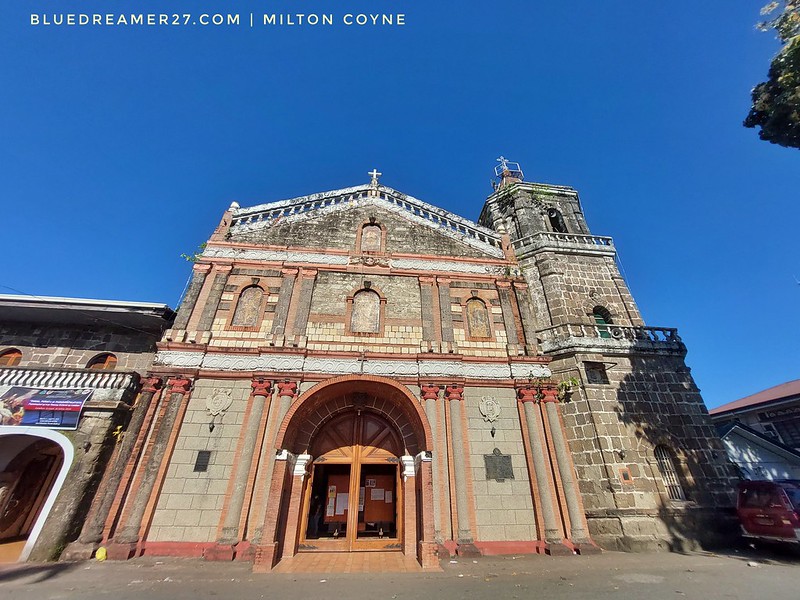
It is interesting to note that Lumban Church was was first dedicated under the patronage of Saint Francis of Assisi. The first church was built at the northern portion of the town and was made of poor materials like nipa and bamboo. The church was also utterly damaged by many occasions. The first church was destroyed by flood and the next one was burned. Lumban eventually became the first Franciscan mission settlement in the country in 1586 and the parish priest that time was Fray Pedro Bautista (now known as San Pedro Bautista – he along with 25 martyr companions who were crucified during their mission in Japan were canonized in 1862). Fray Pedro Baustista obtained permission for the building of a new church and convent that was to be made of stone. With permission granted by the governor general, Lumban Church was reputed to be the first stone church built in Laguna. Finished in 1600 after long years of hard labor and several tragedies, it was also considered to be the first Franciscan building made of stone built outside Manila. It was also here that the Blessed Sacrament was reserved for the first time outside of Manila in 1600.
According to Felix Huerta, a Franciscan friar and the author behind Estado geográfico, topográfico, estadístico, histórico- religioso de la santa y apostólica Provincia de San Gregorio Magno (“Geographical, topographical, statistical, historical and religious state of the holy and apostolicprovince of St. Gregory the Great”), the parish has two chapels dedicated to San Sebastian and the Holy Cross.

Adjacent to the church is a convent. In the 18th century, the town adopted St. Sebastián, the Martyr, as its patron saint and since then, the parish bore the name of the saint. Architecture-wise, the church has a simple 3-story façade with three-level octagonal bell tower on the right.

The bell tower of Lumban Church

The facade features niches with stained glass windows. The niches on the second level features the images of Saint Sebastian (left), the Resurrected Christ (center), and the Assumption of our Lady (left). The niche on the center of its pediment which is also adorned with balusters seemingly features an image of an angel.
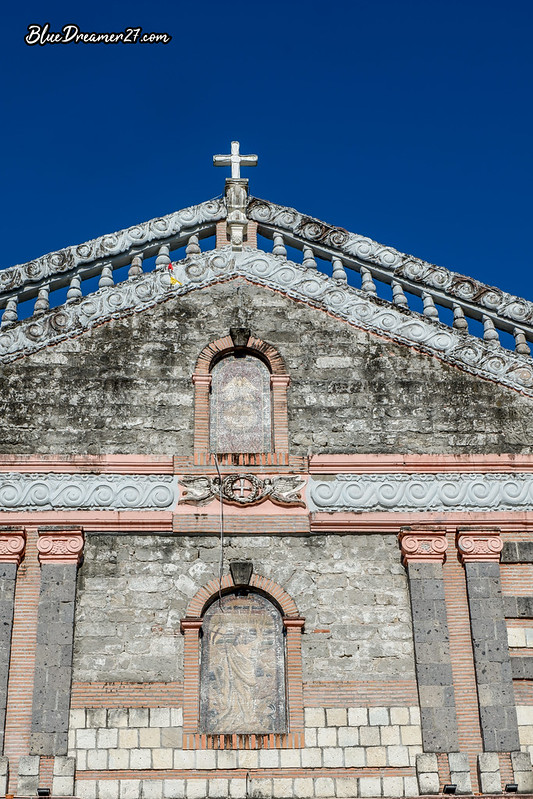
The pediment
The façade is also ornated with ionic pillars. It also comes with red bricks outlining the pillars, niches, and the main door.

The interior of the church is equally stunning. It features lacquered wooden ceiling, three golden retablos, and an intricately designed pulpit.
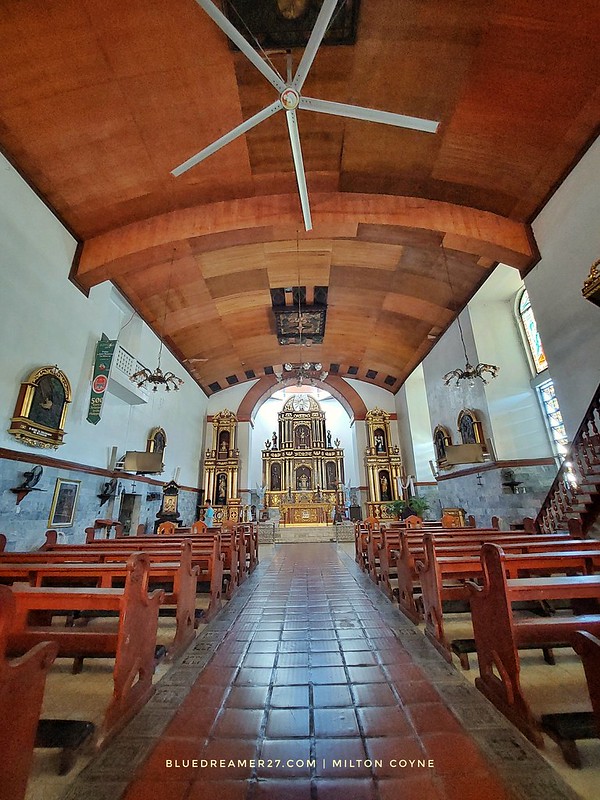
The nave and altars of Lumban Church

The closer look of the pulpit.

The main altar and the dome. The church highlights a two-level retablo. The lower niches features the images of Saint Francis of Assisi (left), the tabernacle of the Blessed Sacrament, and the image of San Pedro Bautista (right). The upper level highlights the image of San Sebastian with the Immaculate Heart of Jesus and Mary mounted on both sides. The uppermost portion of the altar features a beautiful image of Saint Michael the Archangel.

The right side altar enshrines the image of Virgen del Flores (the one the parish uses for Flores de Maria) and the image of Santo Nino above.

The left side altar, on the other hand, features the images of Saint Joseph (bottom) and San Vicente Ferrer (above)

The retablos of Lumban Church

The image of Saint Michael the Archangel on top of the main retablo
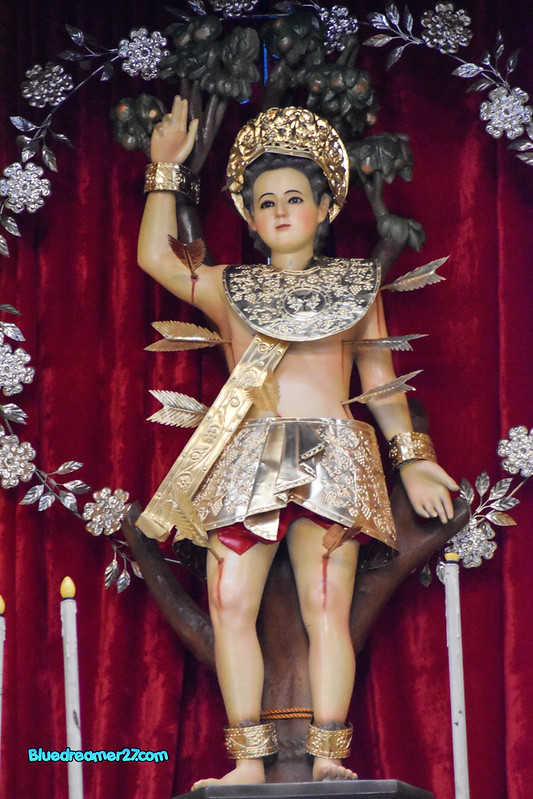
The image of San Sebastian, the patron saint of Lumban. Because of this, the feast day of the town is on January 20 to honor the patron saint. Although they also have Burdang Lumban Festival celebrated every month of September.
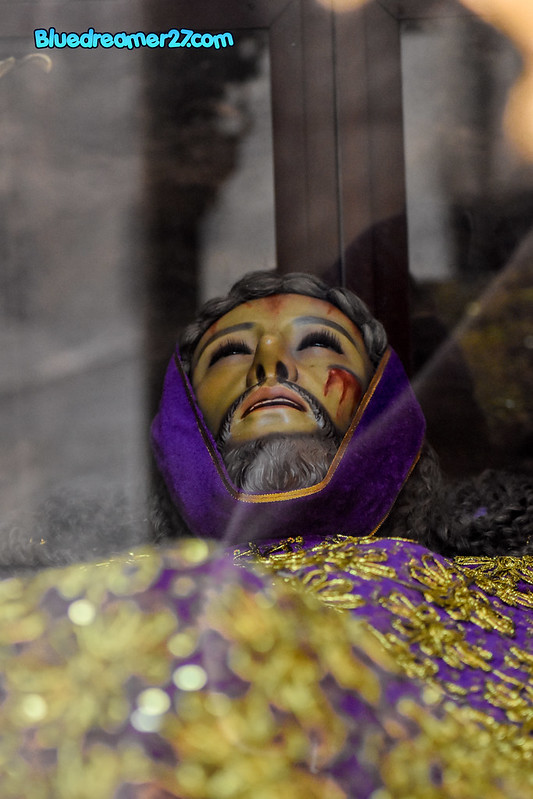
A Santo Entierro image of Lumban Church
 Image of Crucified Christ
Image of Crucified Christ

The entrance gate to Lumban Church

Located near the church is the Municipal Hall which looks like a well-preserved heritage house.
This post is part of my Laguna Pilgrimage series 2022: Feel free to check the rest of my entries here:
- A Pilgrimage to Laguna 2022: Visiting 14 Beautiful Churches in Laguna
- White House Bistro 1938 – An Ancestral House Turned Restaurant in Liliw, Laguna
- La Resurreccion Parish in Victoria, Laguna
- Nagcarlan Underground Cemetery
- San Bartolome Apostol Parish – Nagcarlan, Laguna
- San Gregorio Magno Parish – Majayjay, Laguna
- San Sebastian Parish – Lumban, Laguna
- Santa Maria Magdalena Church – Magdalena Laguna
- San Juan Bautista Parish – Longos, Kalayaan, Laguna
Also feel free to visit my articles about these Laguna churches
- National Shrine of Saint Anthony of Padua in Pila, Laguna
- Immaculate Conception Church in Santa Cruz, Laguna
- Our Lady of Guadalupe Parish – Pagsanjan, Laguna
- Saint James the Apostle Parish – Paete, Laguna
- Diocesan Shrine of Our Lady of Turumba/ Saint Peter of Alcantara Parish in Pakil, Laguna
- Nuestra Señora de Candelaria Parish in Mabitac, Laguna
- Nuestra Señora de la Natividad Parish in Pangil, Laguna
- Saint John the Baptist Parish in Liliw, Laguna
- San Agustin Parish in Bay, Laguna
- List of Churches to Visit in Laguna for Visita Iglesia
- Pilgrimage to Laguna 2019
Places to visit in Laguna
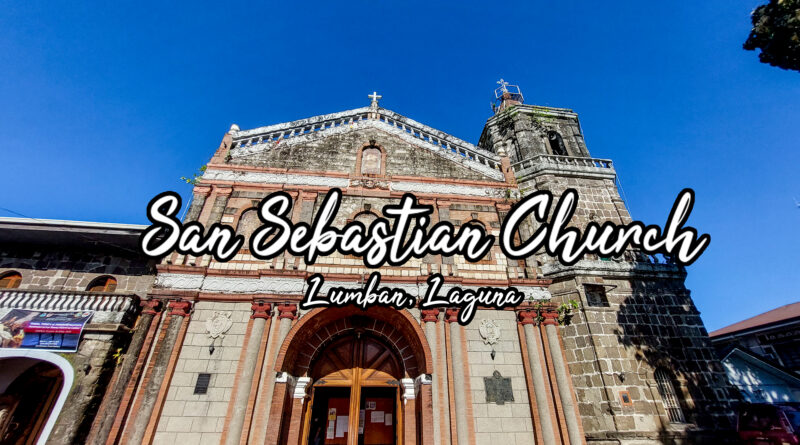



Pingback: Longos Church of Laguna, A Church That Was Abandoned for 4 Decades - It's Me Bluedreamer!